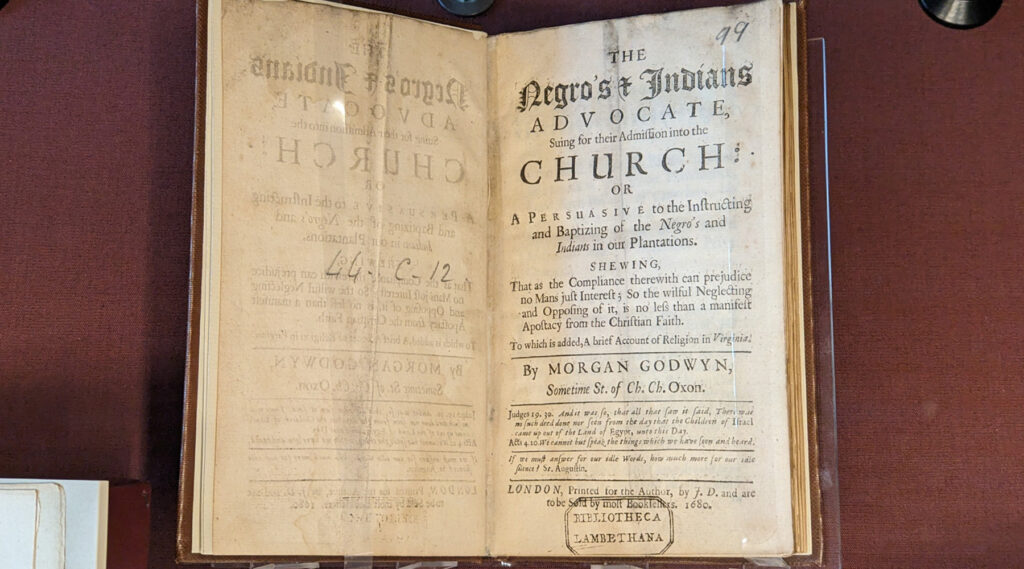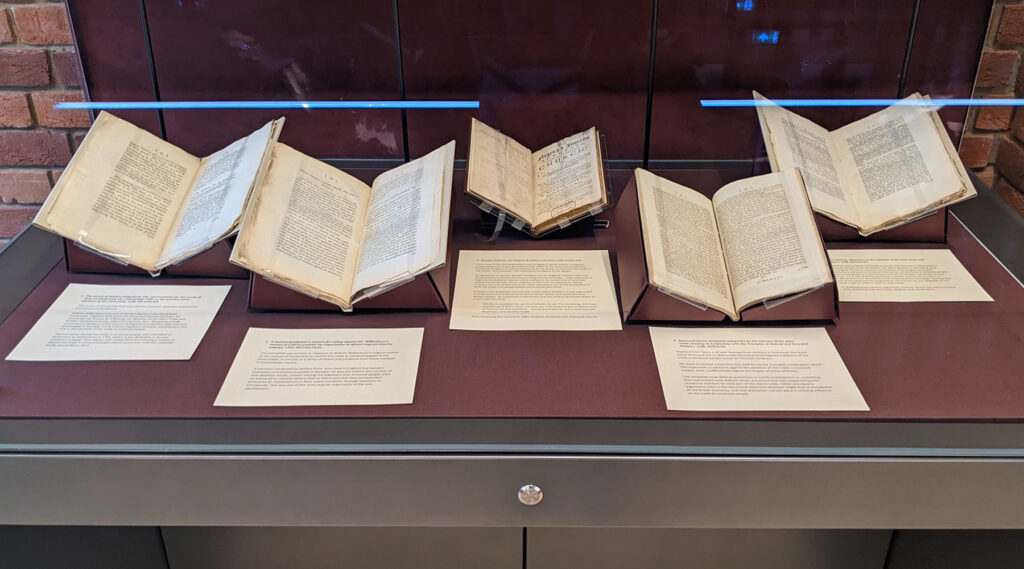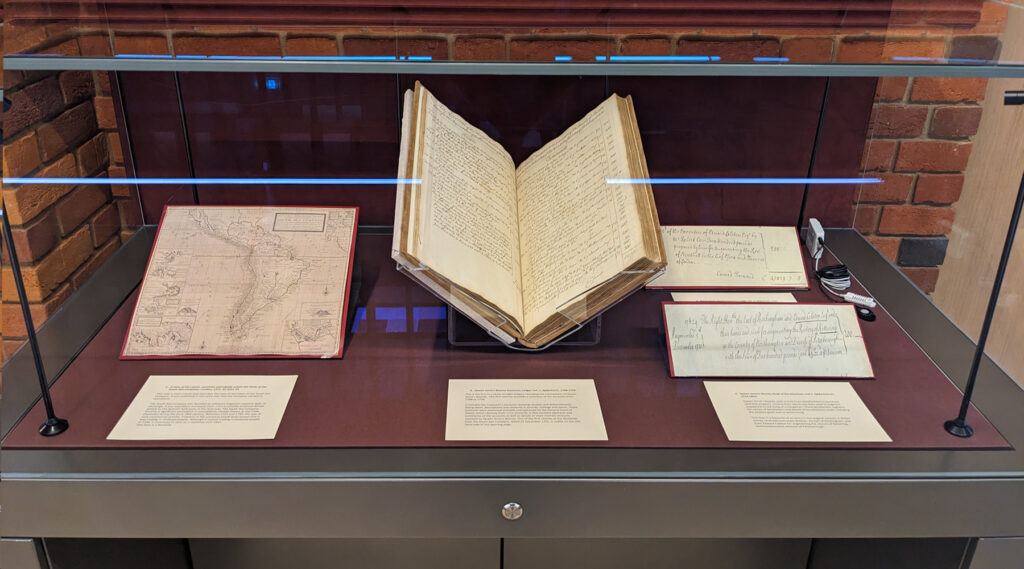An exhibition that looks at how the Church of England profited from the slave trade has opened at Lambeth Palace Library to accompany the Church Commissioners’ report into the same issue.
The report looked into historic links between Queen Anne’s Bounty (one of the Church Commissioners’ predecessors) and transatlantic chattel slavery. Queen Anne’s Bounty was set up in 1704 to provide funding for poor clergy with its income coming from the richer parishes, and it invested the surplus to generate an income. Some of that money was invested in companies involved in the slave trade.
In 1947, the Queen Anne’s Bounty merged with the Ecclesiastical Commissioners to form the Church Commissioners, which today sits on assets worth around £9.2 billion.
The exhibition, in four cases, looks at the various ways the Church both profited from the slave trade but also actively supported the trade in people and worked to suppress efforts to abolish the slave trade.
I think most of us are aware of how people and organisations in the past profited from investing in slave trading firms, so that’s less of a surprise in this exhibition than the ways that the Church actively supported the trade.
That is going to be eye-opening for a lot of people.
Slaves were not people, they were property, to be sold and used as their owners pleased, but if someone were to become a Christian, there was debate about whether they could be treated as property anymore. So the church supported efforts to supress overt wishes from slaves to become fully Christian.
From arguments about if Christian slaves could still be slaves, to a — for me — remarkable Slaves Bible, which removed all references to freedom and overthrowing oppression while highlighting how people should respect their masters.
A letter to the “Lord arch Bishop of London” from slaves in Virginia pleads for help. It’s not known if a reply was sent. Another petition sent to Archbishop Secker is part of an archive discussing if a slave brought to England would be a free person or a slave. The church sided with the slave owners.
A huge ledger that coldly records dividend payments from the slave trade has some bequests highlighted, such as £200 for a church in Essex, and smaller donations from other traders.
The church, being a broad church did have its dissenters, people who opposed the slave trade some of whom are here in the display, but the exhibition doesn’t seek to excuse its behaviour – rather calmly laying out the facts and letting us make up our own minds.
What is good about the exhibition is how it shows that the Church wasn’t passively accepting money from shares it owned in firms without looking too closely at how the money was made but was active in supporting the slave traders.
The exhibition, Enslavement: Voices from the Church Archives is at Lambeth Palace Library until 31st March 2023. Entry is free.
The library is open Mon-Fri 9:30am to 5pm – plus also one Saturday, 4th March.
The library is about a 10-minute walk from Waterloo station.









